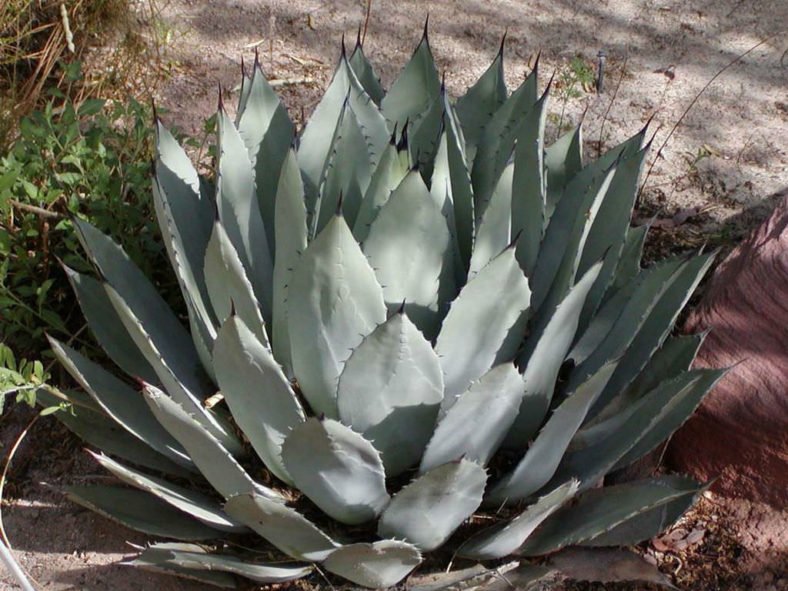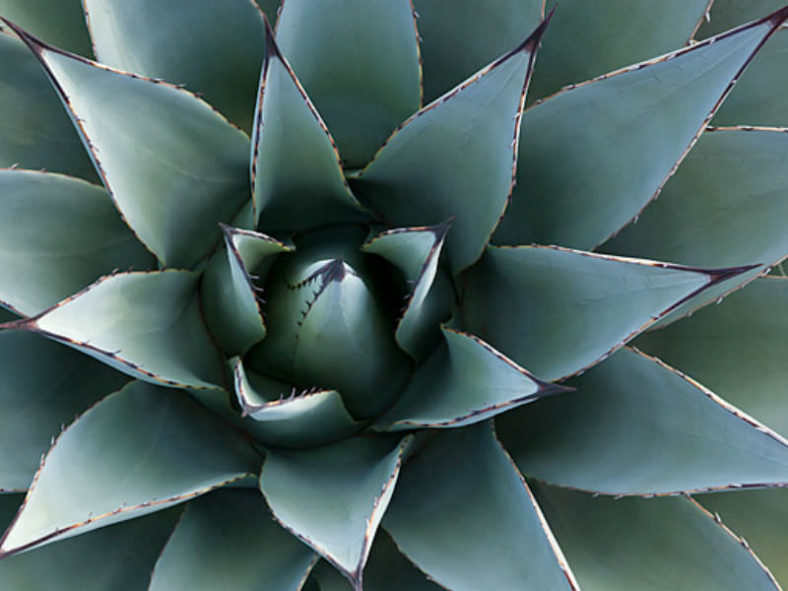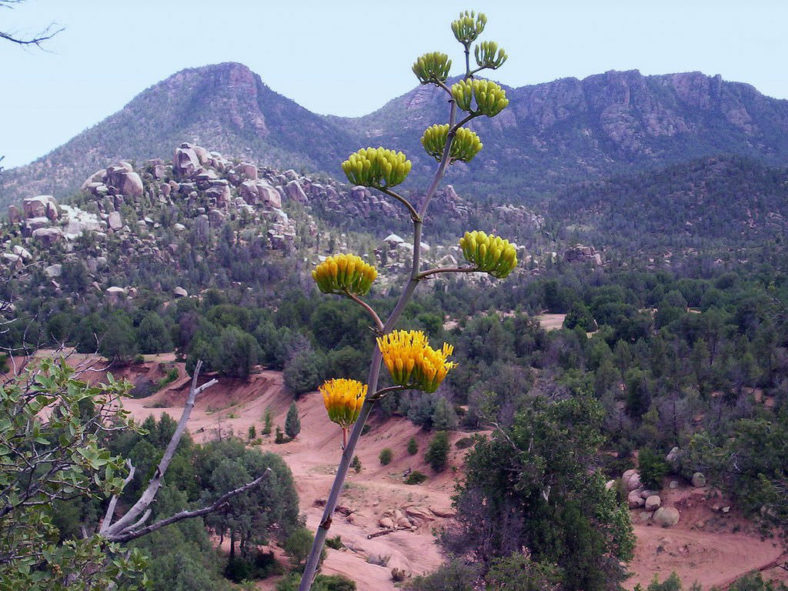Scientific Name
Agave palmeri Engelm.
Common Name(s)
Palmer's Century Plant, Palmer's Agave
Scientific Classification
Family: Asparagaceae
Subfamily: Agavoideae
Genus: Agave
Etymology
The specific epithet "palmeri" (pronounced "PALM-er-ee") honors Edward Palmer (1829-1911), a self-taught British botanist and an early American archaeologist.
Origin
Agave palmeri is native to southern Arizona, southwestern New Mexico, Sonora, and Chihuahua.
Description
Agave palmeri is a succulent plant that forms a stemless, usually solitary rosette of thick, fleshy, lance-shaped leaves with margins armed with teeth and a long terminal spine. It is the largest species that grows in the United States. The leaves are ascending to spreading, measuring up to 3 feet (90 cm) in length and 7.6 inches (19 cm) in width. They are pale to glaucous green or green, sometimes tinged with red.
The flowers are cream to pale yellow or light green, and appear on branches in the upper third of the spike that can grow up to 16.5 feet (5 m) tall. They can reach a length of 3 inches (7.5 cm).

Hardiness
USDA hardiness zone 7b to 10b: from 5°F (-15°C) to 40°F (4.4°C).
How to Grow and Care
Agave is not a difficult plant to grow. They're slow-growing and dramatic and will even thrive on a bit of neglect. If you're the type of person who likes to fuss with houseplants and water a lot, Agave is probably not the plant for you. On the other hand, if you're the type of person who likes to set it and forget it, and you have a sunny window, Agave might be the ideal choice. Be aware that some large varieties will eventually outgrow your room (unless you have a large greenhouse), and Agave can be aggressive. They have irritating sap and sometimes very sharp thorns that can injure small children and pets.
Generally, Agaves do not require repotting every year. Most species commonly found in cultivation grow very slowly and take a considerable amount of time to outgrow their pot. It's also best to handle your Agave as little as possible since they do not like to be disturbed.
See more at How to Grow and Care for Agave.
Uses
Man has been harvesting and utilizing Agaves for approximately 9,000 years. The giant plant comprised a huge part of primitive man's diet. Closely related to lilies, three major parts are edible: flowers, stalks or basal rosettes, and sap. Leaves are a lesser edible part of the plant.
See more at Agave: Edible Plant.
Links
- Back to genus Agave
- Succupedia: Browse succulents by Scientific Name, Common Name, Genus, Family, USDA Hardiness Zone, Origin, or cacti by Genus
Photo Gallery
Click on a photo to see a larger version.

